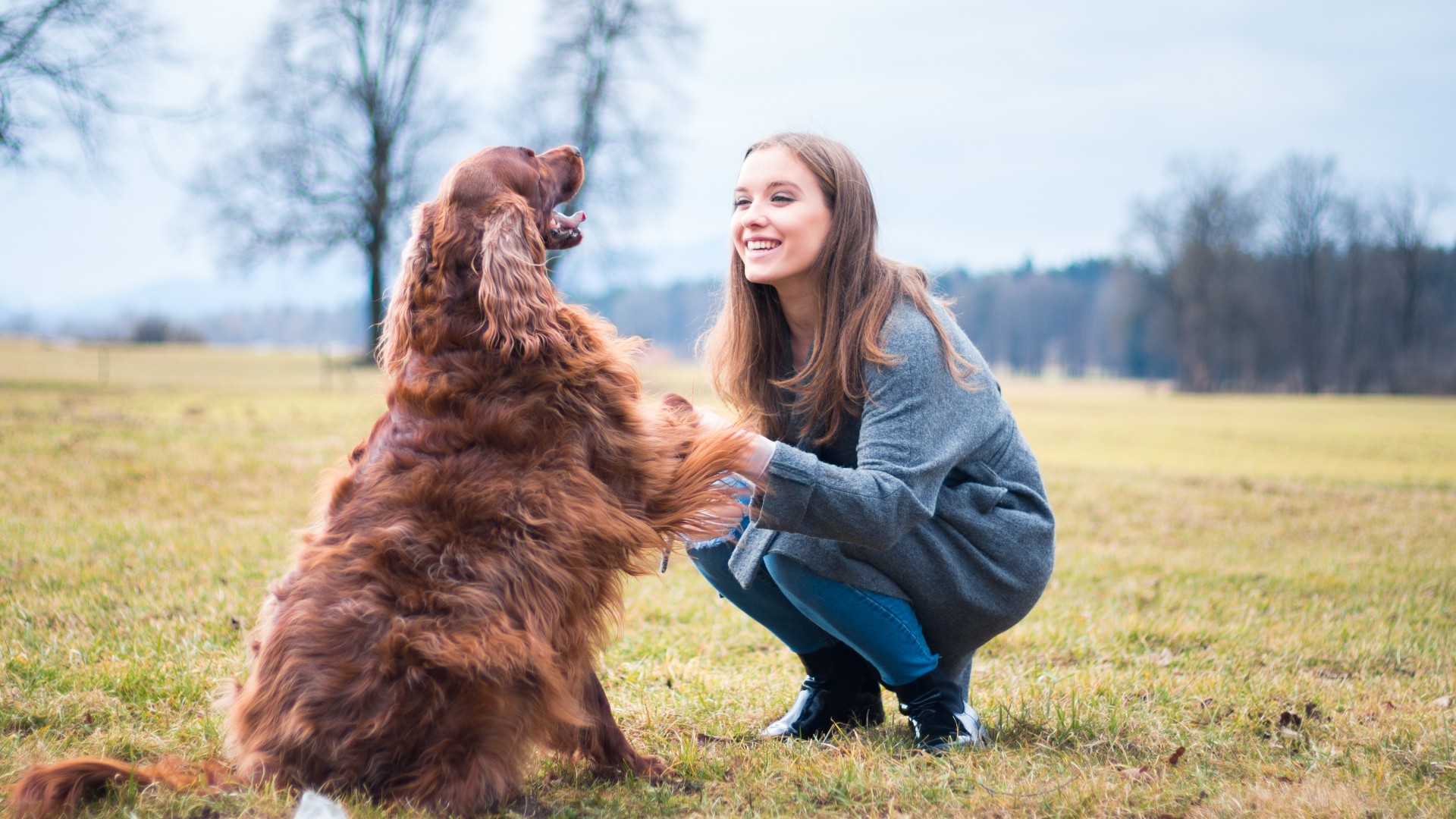Trainer shares simple tip to improve your dog's engagement during training - and it blew us away!
Want your dog to be more responsive during training sessions? Then it's time to try out this simple tip

Let's be honest - whether it's teaching our dogs to settle in their crate at night without crying or helping them to learn how to walk nicely on their leash, training our canine companions to behave appropriately isn't always easy.
In fact, even if you're armed with the longest lasting dog chews that you can dish out as a reward, training takes a great deal of time, effort, energy and consistency. But what would you say if we told you that many of us forget to do one simple thing that could boost our dog's ability to learn new things quickly?
If you're anything like us, you might be feeling intrigued right now to hear that your dog's levels of enthusiasm and engagement during training could be drastically increased with one tiny change to the way you conduct your training sessions. So, what is it we hear you ask?
Well, according to Kayleigh Sullivan, a trainer from JW Dog Training and Behavior, smiling at our fur friends while we're teaching them something new could make all the difference to how quickly they master a particular behavior or skill.
A post shared by JW Dog Training & Behavior (@jwdogtraining)
A photo posted by on
"Try smiling when you're training your dog or at least keeping a relaxed facial expression," says Sullivan in an Instagram clip that you can view above. "Dogs are so tuned into our body language that if we suddenly get a serious or stern look, or for those of us that scowl when we concentrate, it can be really off putting for our dogs."
Just like when it comes to our interactions with people, our body language plays a key role in how responsive our dogs will be with what it is we're asking them to do. "Even if it’s unintentional, if we seem mad, stressed, frustrated, or upset during training, our dogs can notice the change in our body language," Sullivan explains.
Dogs can find negative changes to our body language or tone incredibly jarring and this can lead them to experience a lack of enthusiasm, energy and enjoyment in the training session, resulting in slower responses.
Get the best advice, tips and top tech for your beloved Pets
"Loosening up, softening our expression, and even laughing during the training can relax our body language and remove additional stress from the situation," says Sullivan. "Especially when our dogs make an error (which, remember, is often a result of confusing training). This helps our dogs feel safe, which can improve learning and engagement dramatically."
Next time you're working with your dog, why not give Sullivan's tip a go and see if smiling helps your dog to be more responsive? "We find that letting go of that tension and seriousness actually helps us get better results. You do not need to be stern, serious, or forceful when you train in order to see results. In fact, the opposite— your learning journey can be effective AND fun & enjoyable for you and your pup."
If you're finding that your dog is not making progress with their training after several weeks of consistent practice, we recommend reaching out to a professional trainer who will be able to offer you and your dog some 1:1 support.
For more great training tips, check out our guide to how to crate train a dog.

Kathryn is a freelance writer who has been a member of the PetsRadar family since it launched in 2020. Highly experienced in her field, she's driven by a desire to provide pet parents with accurate, timely, and informative content that enables them to provide their fur friends with everything they need to thrive.
Kathryn works closely with vets and trainers to ensure all articles offer the most up-to-date information across a range of pet-related fields, from insights into health and behavior issues to tips on products and training.
When she’s not busy crafting the perfect sentence for her features, buying guides and news pieces, she can be found hanging out with her family (which includes one super sassy cat and a kitten), drinking copious amounts of Jasmine tea and reading all the books.
She has written for a range of publications, including Fit&Well, Top Ten Reviews, LiveScience, Goodto, and Product Hunt.
